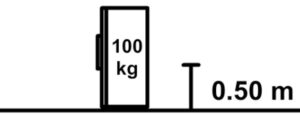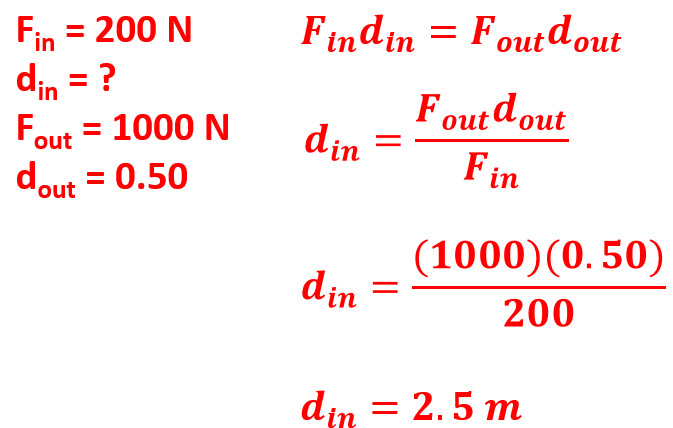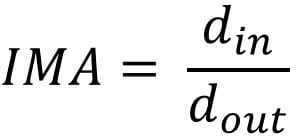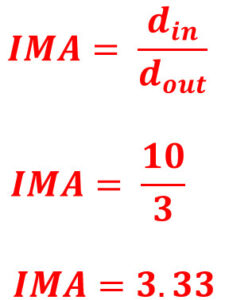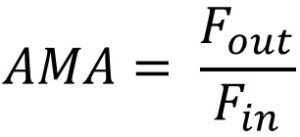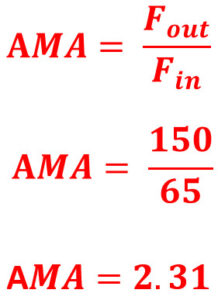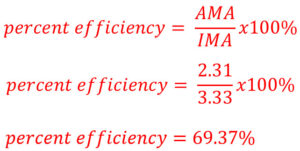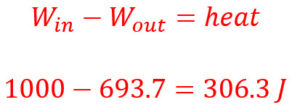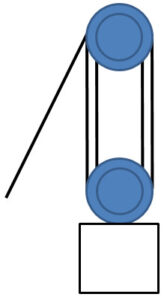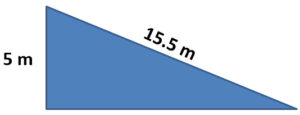Simple Machines
Learn how simple machines give a mechanical advantage. Levers, pulleys, and incline planes an simple machines that can help lift or move an object. You may not be able to lift a heavy refrigerator alone but with a simple machine you can.
Types of Simple Machines
- Lever: A bar that turns around a fulcrum (pivot point) used to lift an object when a force is applied on the other side.
- Incline Plane: A sloped surface used to raise an object.
- Pulley: Used to change the direction of force and or multiply it.
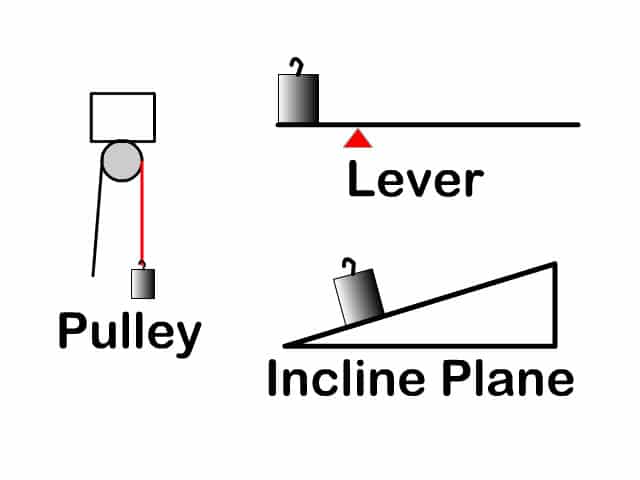
Simple Machine Variables
| Name | Variable | Unit | Unit Abbreviation |
| Work | W | Joules | J |
| Force | F | Newton | N |
| Distance | d | Meter | m |
| Ideal Mechanical Advantage | IMA | None | None |
| Actual Mechanical Advantage | AMA | None | None |
Force and Distance Tradeoff with Simple Machines
People use simple machines to:
- Multiply force at the expense of distance
- You can lift more weight but you need to push for a greater distance
- Multiply distance at the expense of force.
- You don’t need to push as far but you need to apply more force
- Change the direction of force applied
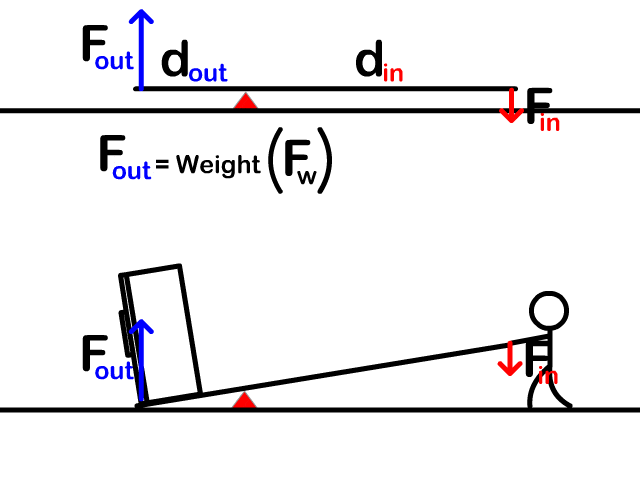
Q1: Which stickman, A or B in the animation, would have to push the lever with more force?

Q2: Why would you want to use something like a lever if a simple machine?
Input and Output
- Input (also called effort) in these equations is the work "you do" while using a simple machine.
- Output is the work the simple machine does because of your work.
What is the simple machines usual purpose: To lift the weight of the object a certain distance. The output force is equal to weight of the object.
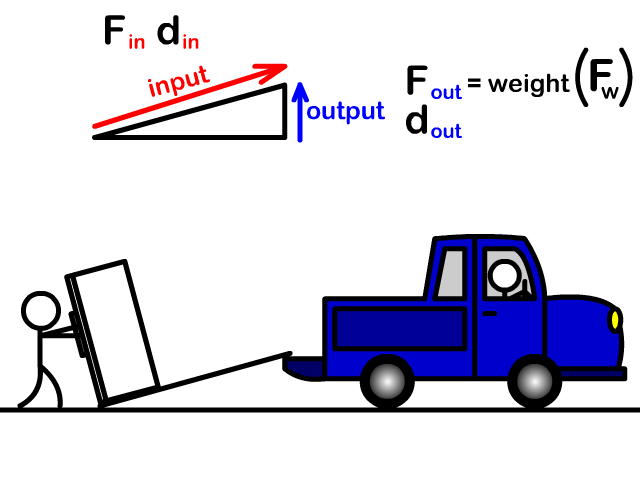
When you use a simple machine
- You do input work (Win= Findin)
- The machine does output work (Wout=Foutdout)
In an ideal (perfect) situation, the work done by person and machine would be equal
Win=Wout
Findin=Foutdout
Q4: How much work would you do to lift a 1000 N fridge 0.50 m?
Q5: How much work would a lever do lifting a 1000 N fridge 0.50 m, under ideal conditions?
Q6: How much distance must you apply a 200 N force to lift a 1000 N fridge 0.50 m using a lever?
Mechanical Advantage (MA)
- Mechanical Advantage represents how much a machine multiples your input force.
- Actual Mechanical Advantage (AMA) of 2 means that you could lift a 100 N box with 50 N of input force.
- Ideal Mechanical Advantage (IMA) of 2 means is a simple machine was 100% efficient you would be able to lift a 100 N box with 50 N of input force.
IMA: Ideal mechanical advantage
- Assumes 100% efficiency
- IMA is theoretical based on measurement distances
- How long you push (din) divided by how far the object actually moves in the direction of the output force (dout)
Q7: What is the ideal mechanical advantage of an incline that you apply a force of 65 N for 10 m and lift a 150 N couch 3 m?
Q8: What is the Actual mechanical advantage of an incline that you apply a force of 65 N for 10 m and lift a 150 N couch 3 m?
Determining a pulleys IMA
- The IMA of a pulley system can be estimated by the number of supporting strands that suspend the object.
- The strands that suspend the object are the ones going up from the object lifted.
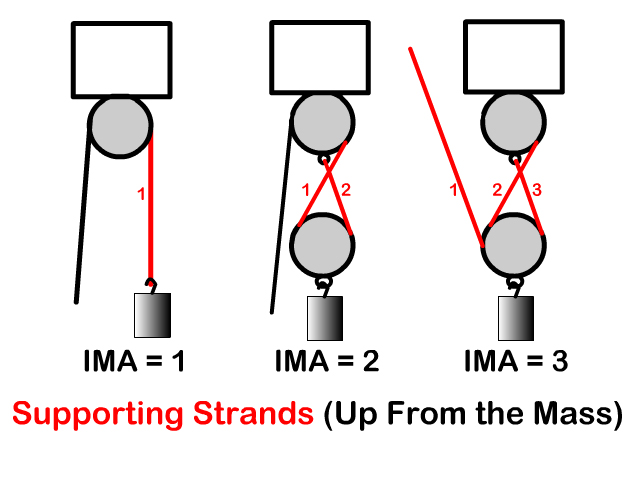
Q9: What is the ideal mechanical advantage of the pulley system in the animation?
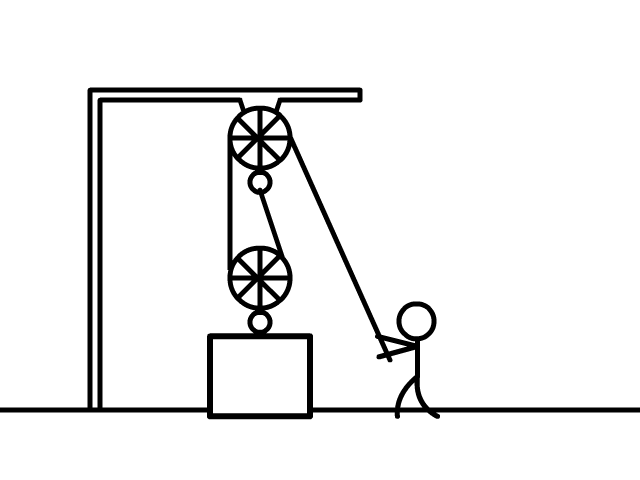
A simple machine cannot create work or energy
- No machine is 100% efficient or ideal
- So in reality or "actual" some energy will be lost from the system at heat instead of output.
Use these formulas when a problem provides or asks about heat:
Win = Wout + Heat
Findin=Foutdout + Heat
Q10: What is the percent efficiency of a machine with an AMA of 2.31 and an IMA of 3.33?
Q11: A person does 1000 J of work with a machine with an AMA of 2.31 and an IMA of 3.33. How much energy would be would turn into work output? (Use the percent efficiency solved for in Q10)
Q12: A person does 1000 J of work with a machine with an AMA of 2.31 and an IMA of 3.33. How much energy would be would be lost as heat?
Simple Machines Problem Set
Click check answer to see the answer for any of the problems after you completed your work. To see the work you will have to watch the end of our video for this lesson.
1. What is the output force of an incline plane used to lift a 61 kg refrigerator?
2. What “ideal” length of ramp would have to be used to raise a 610 N box to a height of 1.1 m using a force of 180 N?
3. Which incline would require the most input force from you to raise a 15 kg mass? Why?
4. What is the actual mechanical advantage if Sam pushed a 610N box up an incline plane with a force of 220N?
5. What is the ideal mechanical advantage if Sam pushed a box 3.73 m up an incline plane to lift a box 1.1 m up on a truck bed?
You attempt to push a 3500 N washing machine up a 5.0 m ramp into your truck bed that stands 0.50 m above the ground.
6A. What is the ideal mechanical advantage of the ramp?
6B. If you need to exert a 450 N force to push the washing machine up the ramp with constant speed, what is the actual mechanical advantage?
6C. What is the efficiency of the ramp?
7. What would the ideal mechanical advantage of this pulley system be?
8. What would the IMA of this incline plane be?
9. In an ideal situation, how much force would you have to apply to lift a 50 kg box with this incline?
Simple Machines Quiz
Links
- Back to the Main Work, Power, Mechanical Energy, and Simple Machines Page
- Back to the Stickman Physics Home Page
- Equation Sheet

